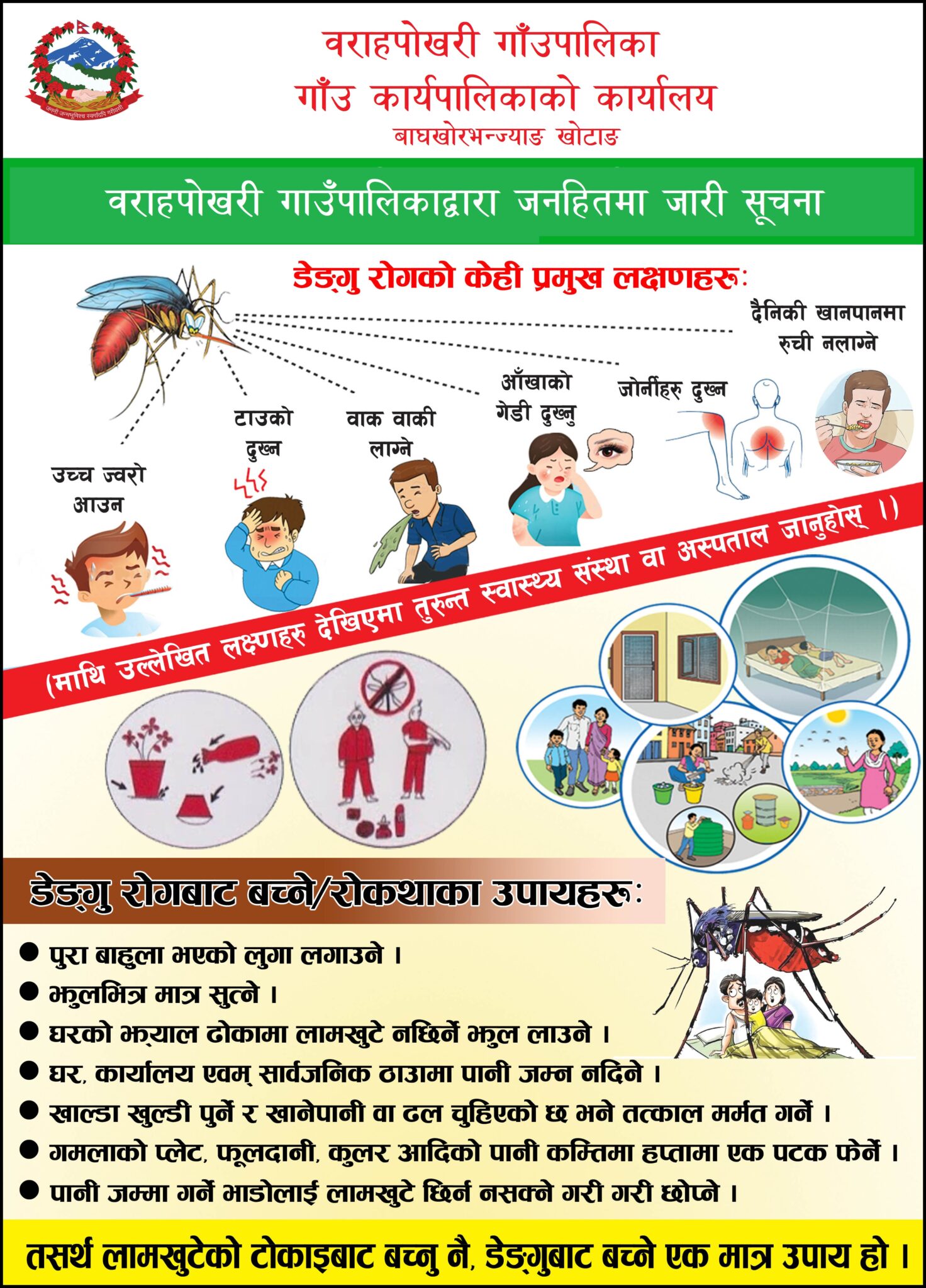Understanding Inderal XL: A Comprehensive Overview of Propranolol
Understanding Inderal XL requires a delve into its active ingredient, propranolol, a non-selective beta-adrenergic antagonist renowned for its efficacy in managing cardiovascular conditions. Propranolol’s extended-release form, known as Inderal XL propranolol hydrochloride capsules, ensures a sustained therapeutic effect, enhancing patient compliance and stabilizing blood pressure levels. Its mechanism primarily involves the blockade of beta-1 and beta-2 adrenergic receptors, leading to decreased cardiac output and a reduction in heart rate, thereby diminishing myocardial oxygen demand. This pharmacological action makes it indispensable not only in cardiology but also in psychiatric and neurological disorders, offering a versatile tool in modern medicine. For more detailed scientific insights into propranolol, visit the PubMed page.
Originally synthesized in the 1960s, propranolol marked a revolutionary advancement in the treatment of hypertension and angina. The introduction of Inderal XL represented a significant progression in pharmacokinetics, as its controlled-release formulation mitigates the peaks and troughs associated with immediate-release versions, thereby reducing the risk of adverse effects such as bradycardia and fatigue. In the realm of venereology, propranolol’s role is less pronounced; however, its potential implications on stress-related immunomodulation present intriguing avenues for future research, particularly in understanding the body’s response to infections like Chlamydia psittaci. Such infections, though typically zoonotic, can pose significant risks to human health, especially in immunocompromised individuals.
Exploring the Connection Between Inderal XL and Chlamydia Psittaci
Exploring the intricate tapestry that connects Inderal XL with Chlamydia Psittaci requires a nuanced understanding of the interplay between pharmacology and infectious diseases. Inderal XL, known scientifically as propranolol hydrochloride capsules, is primarily renowned for its role in managing cardiovascular conditions, yet its implications extend intriguingly into the realm of venereology. While traditionally not linked with Chlamydia Psittaci infection, a pathogen transmitted from birds to humans that can cause severe respiratory illness, new insights have prompted researchers to reconsider its potential effects on infections and immune responses.
Recent studies have sparked interest in how the beta-blocking properties of Inderal XL might influence the body’s response to bacterial infections, including those caused by Chlamydia Psittaci. Although these capsules are not an antimicrobial agent, their ability to modulate stress responses and inflammatory pathways could theoretically impact infection dynamics. Explore potential effects of erectile dysfunction treatments. Consider available options. Wondering is 20 mg of sildenafil enough for effectiveness? Compare outcomes and review alternatives. Consult healthcare providers for optimal solutions. In the world of venereology, where hormonal and autonomic nervous system regulation plays a role, understanding these connections could pave the way for innovative therapeutic approaches.
To encapsulate the research perspectives, the following table outlines potential mechanisms through which Inderal XL propranolol hydrochloride capsules might affect the body’s response to Chlamydia Psittaci infection:
| Mechanism | Potential Impact |
|---|---|
| Beta-blockade | Modulation of immune response to reduce inflammation. |
| Stress response regulation | Potential decrease in cortisol levels, impacting infection progression. |
| Autonomic system interaction | Influence on the autonomic nervous system that may alter immune cell activity. |
Ultimately, while examorelin is not directly related to this discourse, its exploration underscores the broader need to consider how various hormonal and metabolic pathways intersect with infectious disease management. As we further delve into the connection between Inderal XL and Chlamydia Psittaci, ongoing research is essential to unlock the full potential of these interactions and harness them in the fight against infections within the complex tapestry of venereology.
Examorelin and Propranolol: Potential Synergies in Venereology
The convergence of pharmacological innovation and clinical needs often leads to unexpected and intriguing avenues in medical research. Such is the case with the potential interaction between examorelin and Inderal XL propranolol hydrochloride capsules within the realm of venereology. Examorelin, a synthetic peptide known for its growth hormone-releasing capabilities, has sparked interest for its possible ancillary effects on immune modulation and inflammatory responses. These properties might intersect beneficially with the known beta-adrenergic blocking effects of propranolol, particularly in the complex landscape of sexually transmitted infections. By exploring the synergies between these agents, researchers may unearth novel therapeutic strategies, potentially enhancing the treatment landscape of certain venereal diseases.
Within the context of Chlamydia psittaci infection, which, while rare, presents significant health challenges, the integration of examorelin with Inderal XL could represent a paradigm shift. Chlamydia psittaci, primarily known as an avian pathogen, occasionally crosses species barriers, leading to atypical pneumonia in humans. Here, the immunomodulatory effects of examorelin could complement the cardiovascular stabilizing properties of propranolol, potentially alleviating systemic symptoms and mitigating inflammatory damage. The precise mechanisms through which these agents could influence disease outcomes remain a subject for further investigation, yet the interplay of these pharmacological actions promises a fertile ground for advancing treatment protocols.
Source:

